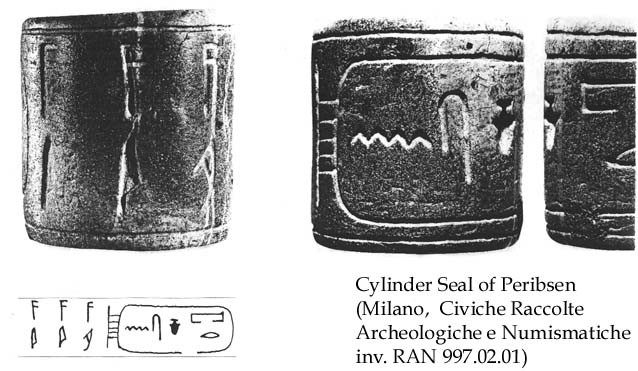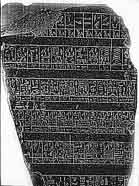Seth (Ash) PERIBSEN / Nswt-bity PERIBSEN
 fig. 1
fig. 1 fig.
2
fig.
2
 |


|

|
.........
Palaeographic and epigraphic study of Peribsen inscriptions
(compared with those of Ninetjer and Sekhemib)
.........